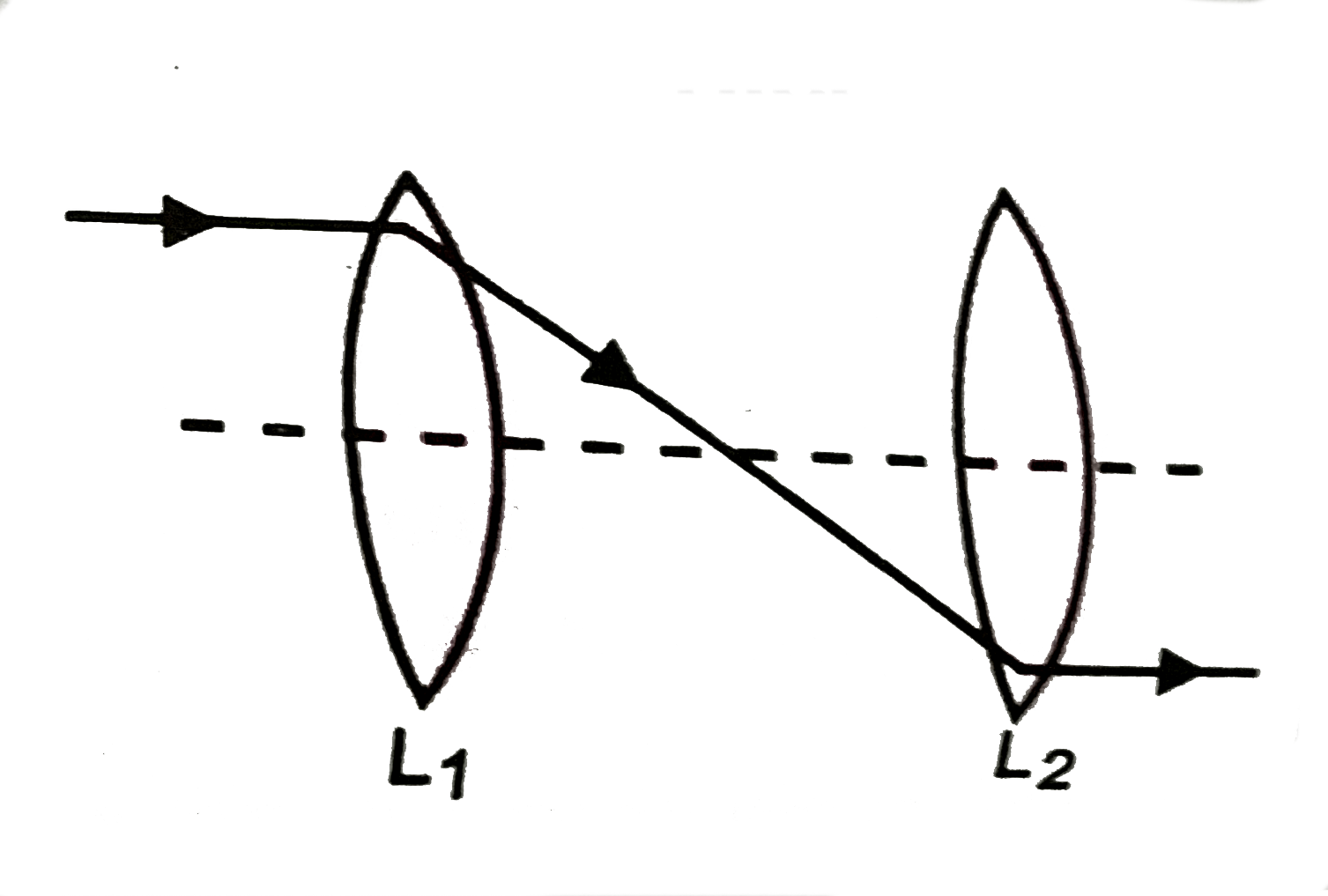A
B
C
D
Text Solution
Verified by Experts
The correct Answer is:
|
Topper's Solved these Questions
RAY OPTICS
PRADEEP|Exercise (Competition)Comprehension|7 VideosView PlaylistRAY OPTICS
PRADEEP|Exercise Integer Question|4 VideosView PlaylistRAY OPTICS
PRADEEP|Exercise (Exemplar) Multiple choice|16 VideosView PlaylistPROPERTIES OF BULK MATTER
PRADEEP|Exercise Multiple choice questions|7 VideosView PlaylistSYSTEMS OF PARTICLES AND ROTATIONAL MOTION
PRADEEP|Exercise Assertion- Reason Type questions|20 VideosView Playlist
Similar Questions
Explore conceptually related problems
Knowledge Check
A
B
C
D
Submit
A
B
C
D
Submit
A
B
C
D
Submit
Similar Questions
Explore conceptually related problems
PRADEEP-RAY OPTICS-(Competition)Multiple choice
- The focal length of a thin biconvex lens is 20 cm. When an object is m...
02:44
|
Play - A thin convex lens made from crown glass (mu=(3)/(2)) has focal length...
03:29
|
Play - In Fig., there are two convex lenses L1 and L2 having focal lengths F1...
00:48
|
Playing Now - A point source S is placed at the bottom of a tranparent block of heig...
04:09
|
Play - A ray of light travelling in a transparant medium falls on a surface s...
02:35
|
Play - A lens haivng focal length and aperture of diameter d forms an image o...
03:22
|
Play - The speed of light in media M1 and M2 are 1.5 xx 10^8 m//s and 2.0 xx ...
02:15
|
Play - The angle of incidence for a ray of light at a refracting surface of a...
03:36
|
Play - In an experiment for determination of refractive index of glass of a p...
08:58
|
Play - A parallel beam of light is incident from air at an angle alpha on the...
02:15
|
Play - A light ray travelling in glass medium is incident of glass- air inter...
02:36
|
Play - Water (with refractive index = 4/3) in a tank is 18 cm deep. Oil of re...
03:47
|
Play - A biconvex lens has a radius of curvature of magnitude 20cm. Which one...
03:41
|
Play - A converging beam of rays in incident on a diverging lens. Having pass...
05:35
|
Play - A bi-convex lens is formed with two thin plano-convex lenses as shown ...
03:18
|
Play - An object 2.4 m in front of a lens forms a sharp image on a film 12 cm...
03:58
|
Play - A concave mirrorr of focal length f(1) is placed at a distance of d fr...
04:17
|
Play - A plano-convex lens fits exactly into a plano-concave lens. Their plan...
02:57
|
Play - The diameter of a plano convex lens is 6 cm and thickness at the centr...
03:33
|
Play - Monochromatic light is incident on a glass prism of angle A. If the re...
09:24
|
Play
 .
.